The boundaries of the “Köycegiz-Dalyan Special Natural Reserve” designated and announced by Cabinet Decree no. 88/13019 of 2/6/1988 obtained their last form with Cabinet Decree no. 2000/580 no. 14/04/2000 after various small modifications on various dates. The natural preservation area contains Köycegiz Lake and the water basins feeding it, the town of Dalyan, and the entire Iztuzu sand spit from the sea stretching out towards Ekincik Cove including the virgin coves that go right into the valleys between the steep promontories of the Gökbel Mountain to the south.
The duty of the Köycegiz branch of the Mugla Special Directorate of Environmental Preservation that was founded in 1989 is to execute and implement plans, projects and research on the “Köyceğiz-Dalyan Special Natural Reserve” that covers the Köycegiz district, three towns and 16 villages. To this end it cooperates with municipalities in municipal areas and with the Province Directorate of Public Works, the Province Directorate of Culture and Tourism and other related public corporations in extra-municipal areas.
 The well-preserved architectural texture of the Dalyan and Köycegiz District centre, allows for a building plan in harmony with the natural and historical environment and is a successful application for the Special Environmental Preservation Corporation. Thanks to the wastewater purification plants of the two settlements, the aquatic ecosystem is protected from domestic waste pollution to a significant degree. The Special Environmental Preservation Mugla Province Directorate has had 23 monitoring and preservation duties carried out by universities and specialised agencies within the Kǒycegiz-Dalyan designated area from 1990 to 2008, and thereby structures its activities according to data obtained from that research. The “Plan for Determining and Managing Biological Diversity in the Köycegiz-Dalyan Special Environmental Preservation Area” carried out between 2005 and 2007 provides valuable research on biotopes in the preservation area along with the flora and fauna that finds life there, and specifies the endangered or rare species.
The well-preserved architectural texture of the Dalyan and Köycegiz District centre, allows for a building plan in harmony with the natural and historical environment and is a successful application for the Special Environmental Preservation Corporation. Thanks to the wastewater purification plants of the two settlements, the aquatic ecosystem is protected from domestic waste pollution to a significant degree. The Special Environmental Preservation Mugla Province Directorate has had 23 monitoring and preservation duties carried out by universities and specialised agencies within the Kǒycegiz-Dalyan designated area from 1990 to 2008, and thereby structures its activities according to data obtained from that research. The “Plan for Determining and Managing Biological Diversity in the Köycegiz-Dalyan Special Environmental Preservation Area” carried out between 2005 and 2007 provides valuable research on biotopes in the preservation area along with the flora and fauna that finds life there, and specifies the endangered or rare species.
The Köycegiz-Dalyan Region is one of Turkey’s largest coastal marshlands and contains a very rich vegetation cover: The lake, the Dalyan River, the lagoon, swamps and marshes, saltwater, brackish water and freshwater environments, dunes, the woods and brush cover of the mountainous and rocky terrains and the alluvial plains where the underground water rises to the surface in some places provides diversity in the flora as well as the fauna. Following the examination of 1700 plant samples gathered during field research, 470 gencra and 924 species and subspecies belonging to 110 families were specified. 81 percent of the trees, brushes and weeds are endemic while 20 are rare species. Of the plants seen around the Turkish Pine (Pinus brutia) forests that account for the larger part of the region’s natural vegetation, the Carian Thistle (Onopordurm caricum], the Cyclamen trochopteranthum, the Pritillaria forbesii, the Sca Daffodil (Pancratium ritimum) are of the endemic plants while the Sternbergia fischeriana is a rare species. The Koycegiz-Dalyan wood islands created by the Sweet Gum (Liquidambar orientalis miller) or Günlük trees according to its regional name, which are the most important endemic species of the preservation area, 50% of the total Sweet Gum tree population of Turkey that is 1350-hectares.
The Köycegiz-Dalyan marshland ecosystem has 80 fish species recorded during scientific researches. Carps, freshwater mullets, eels and a larger species of the carp are the freshwater fish that live in the lake. Unfortunately, a new species of fish called “Toothed Fish” by the locals, emerged in the lake about ten years ago and no one knows how they got there. These fish that actually comprise two similar species; Tilapia zilli (Redbelly Tilapia) ve Oreochromis mossambicus have no economic worth, have caused a significant decrease in the native fish population of the lake as they procreate very rapidly and eat the roes of other fish.
The cause of the unbelievable diversity of fish species in the Dalyan lagoon is the fact that the lake water flows into the sea and vice versa according to daily or seasonal changes. When the saltwater flow increases, fish such as painted cells, red mullets annular breams and the young of leer fish, groupers and meagers which enter the delta through the strait can come very close to the Dalyan town. For sea fish that gather in shoals to reproduce and travel seasonally from the sea to less salty waters, such as mullets, basses and gilthcad sea breams the Dalyan River is like a highway that reaches the lake.

The mullet is Dalyan’s most hunted fish that has been famous since antiquity for the taste of its flesh and roe. There are 7 species of Mugilidae, that is the mullet family, in the region. Of these flathead mullet, golden-grey mullet, thinlip mullet, kastros, boxlip mullet and thicklip grey mullet are the domestic species. The keeled mullet that have been found recently are a species originating in the Indian and Pacific Oceans. It is always possible to find mullets in the Dalyan river, but migrating shoals can sometimes be very crowded. According to a story told by natives of Dalyan, on a day when such a crowded shoal filled the river, a cat thrown into the water could leap its way to the other shore without falling into the river.
The diversity of fishes and the different species appearing in the canal according to the changing currents creates pleasant surprises for amateur anglers. In Dalyan, you can catch a carp one day and catch sea breams or striped sea breams on another. Mullets and cels are also tasty fish that you can catch anytime. It is also possible to catch huge blue crabs, which take hold of the bait with their chelas and slowly tug at it, never letting it go until drawn out of the water. However, you need a long-handled net to put them into your basket.
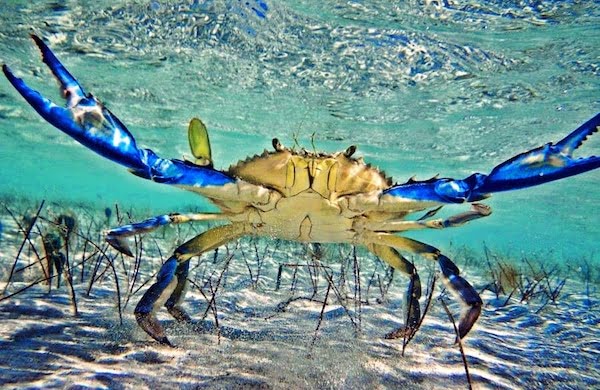
The most popular animal of the Köycegiz-Dalyan water world, however, is Loggerhead Turtles, the Caretta Carettas, which are a species of sea turtles that lay their eggs in the Iztuzu Beach or the surrounding beaches. The Chelonia Mydos species that is also called “soup-turtle” is another species that can be seen in the coastline of the “Special Environmental Preservation Area.” The African Softshell Turtle (Trionyx triunguis) species that live in river estuaries along Turkey’s Mediterranean shore from Dalyan to Hatay are another species of large water turtles that are frequently seen in the channels of the delta and that can grow up to a meter in length. The shell of the trionyx tringuis, also called “sini (tray) turtle” due to their large body, is greenish-brown and is covered with a soft skin. It can use its short and soft snout at the end of its head like a snorkel to breathe without submerging itself. Other characteristic features are a web-like membrane between their toes and three long nails on each foot. Laying and burying 20 to 60 eggs in the holes they dig on the shore, May and June, the African Softshell Turtles are carnivorous and feed on any aquatic animals that are of suitable size…
The Köycegiz-Dalyan aquatic ecosystem and its vicinity, is the habitat of many amphibian, reptile and rodent species, and it is also considered a real bird paradise. The fact that 96 bird species belonging to 25 families were specified during omithology research provides proof of an abundant wild life. In part, this list of species consists of native birds. The most important of the migrant species, which come over to lay eggs, brood and hatch, are the European Shag, the Night Heron, the Little Bittern, the Gull-billed Tern and the Lesser Spotted Eagle. Some bird flocks stop at Dalyan for a rest during their long seasonal migrations. Lots of the bird species in the region, the Fudge Duck, the Krüper’s Nuthatch and the European Roller are rare species which are Categorised as “Near Threatened.” The Great white Egret, the Squacco Heron, the Eurasian Coot and the Pygmy Cormorant are birds that bear special importance for the region. The Black Francolin, a large game bird is known to have lived in the region. However, the species has not been seen since after the 1960s.
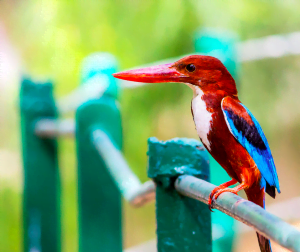
The White-throated Kingfisher (Halcyon Smyrnensis), is one of Turkey’s rarest bird species and is believed to have a population of only 100-150 pairs throughout the country. This bird that is called “Kingfisher ( Alcedinidae)” in English-speaking countries is like a winged jewel with its metallic shining blue and green feathers. If you are lucky you may see this beauty, which could easily be a symbol of Dalyan, perching on the thin reeds and attentively observing the fish in the water or plunging into the water like a harpoon and coming out with a silvery fish in its beak. As its Turkish name, Pied (Alaca] Kingfisher, indicates the River Kingfisher is a species that is not very ornate with its black and white feathers, but it too is a skilful fisher and is believed to have a population of 250 pairs in the region.
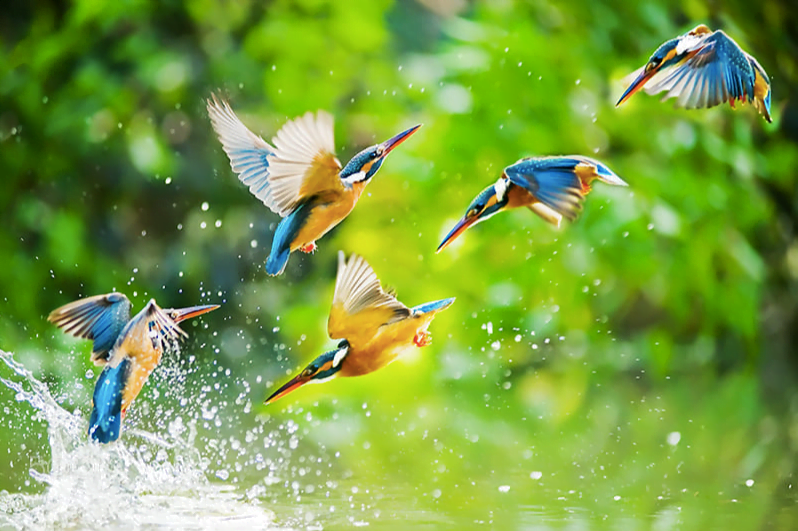
The Köycegiz-Dalyan aquatic ecosystem bustles with bird flocks in all seasons. Flocks consisting of Shelducks, Teals, Eurasian Teals, Ferruginous Ducks and Tufted Ducks and many water birds such as Black-headed Gulls and Slender-billed Gulls virtually warm the water that turns to a silvery grey mirror during winters with their colours. Squacco herons, purple herons and white storks are the aquatic area’s guests in the spring-autumn period. You can watch them sauntering about the shallows and reeds on their long legs, arching their long necks and looking for fish and frogs to eat. Cormorants, European shags, pygmy cormorants and coots are the natives of the ecosystem. The water raised by their feet touching the water while flying in flocks or hunting fish going in and out of the water continuously are aerial shows that you could watch or hours. Beside this cornucopia of fish and birds, you may be lucky enough to spot an otter raising its head out of the water a it slips past the reeds.
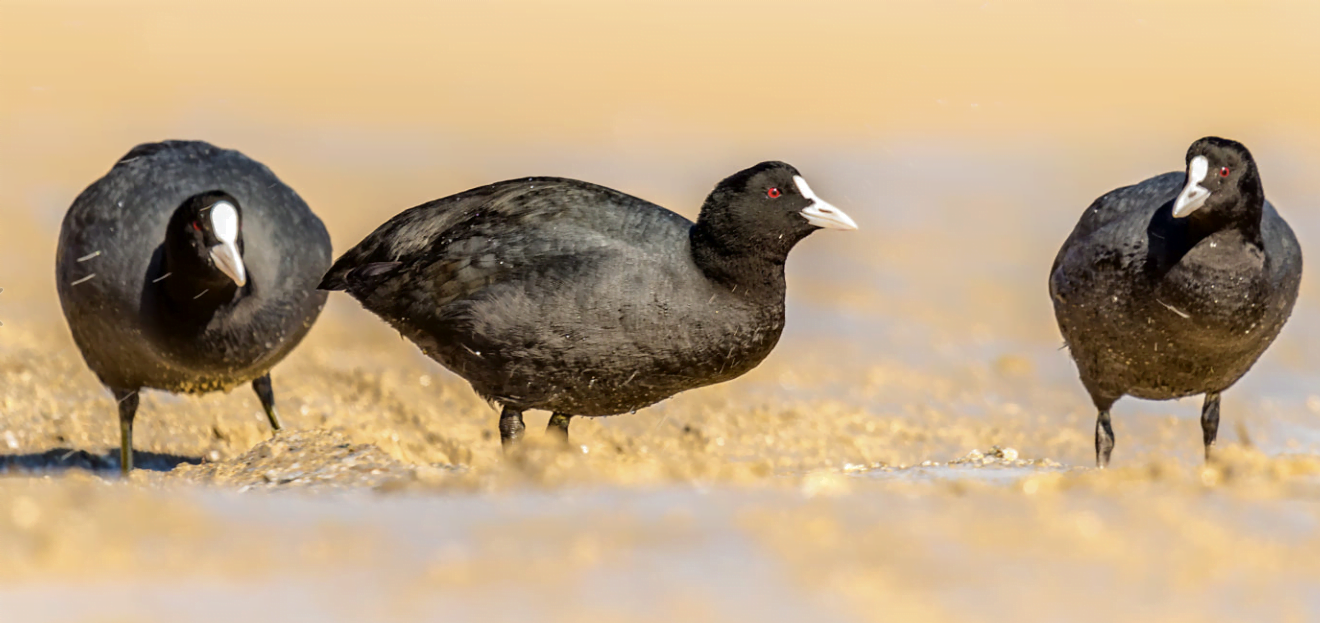
The mountainous terrain in the surroundings of Köyceğiz and Dalyan are covered with wood and scrub, especially the Ölemez Mountain, which is the summer camp of the Ekincik, Çandir and Sultaniye used to be a habitat for predators such as the Anatolian leopards, bears, wolves, jackals, hyenas and foxes and wild boar until the early 20th century. The name of the central settlement of the village at the outskirts of the mountain behind the Ekincik Cove, and which remains within the Köyceğiz-Dalyan Special Natural Reserve used to be “Kürkçüler” (Furriers). Relaying their childhood memories, the elderly from the area say that their village was given this name because of processing and sale of the fur of hunted animals in the past. But the name was later changed to Ekincik with the development of its new district. Irresponsible hunting caused the extinction of the Anatolian Leopard, also known as “dotted tiger” by the Nomads of the Taurus Mountains, as well as the wolves in the region. Although their numbers are highly reduced, grizzly bears are still considered to exist in the region. The implementation of a hunting ban in the last 30-40 years has enabled wild goats to procreate in the Ölemez Mountain. Today, if you happen to go to the upper regions of the plateaus, you may see from a distance a small flock consisting of a male wild goat with the she-goats around it, sporting long and knotty arched horns that extend from the middle of their backs, leaping from one steep rock to another.
Source: Koycegiz – Dalyan A Journey Through History Within The Labyrinth of Nature, (pages: 84-91), Altan Türe, 2011, Faya Kültürel Yayınları

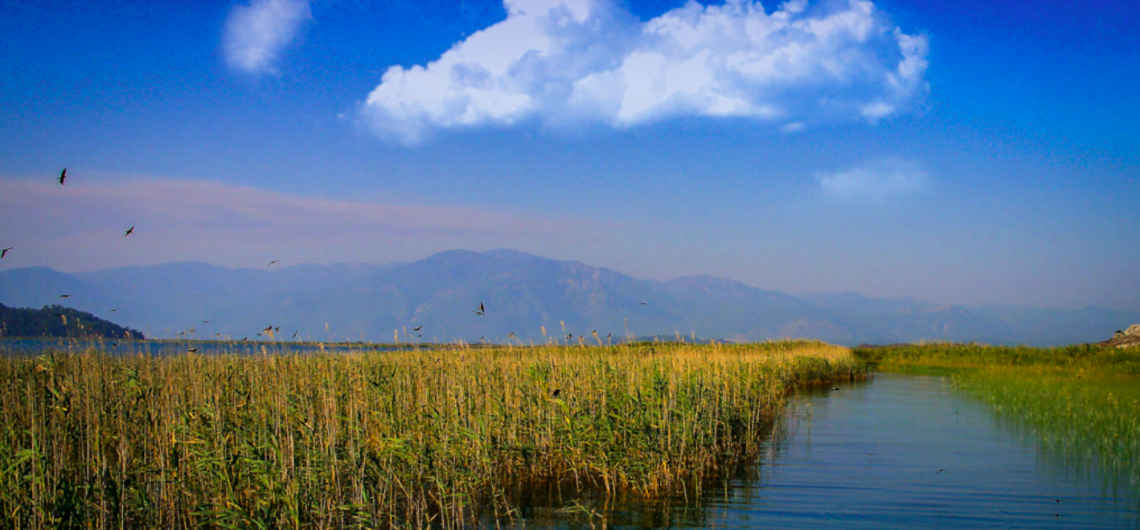
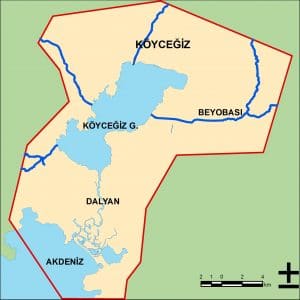
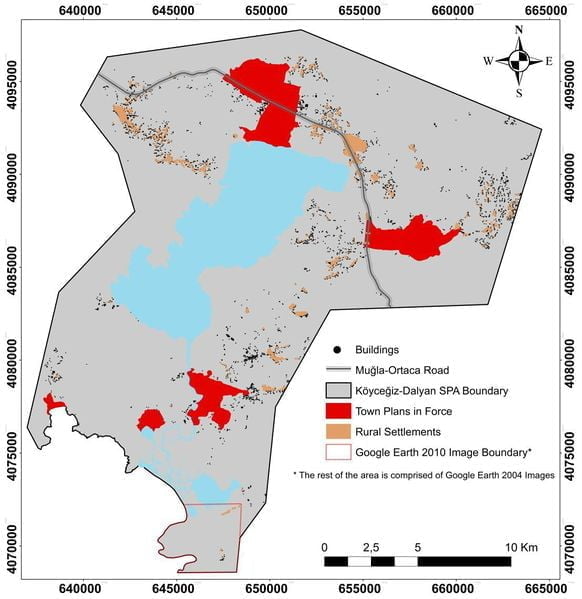
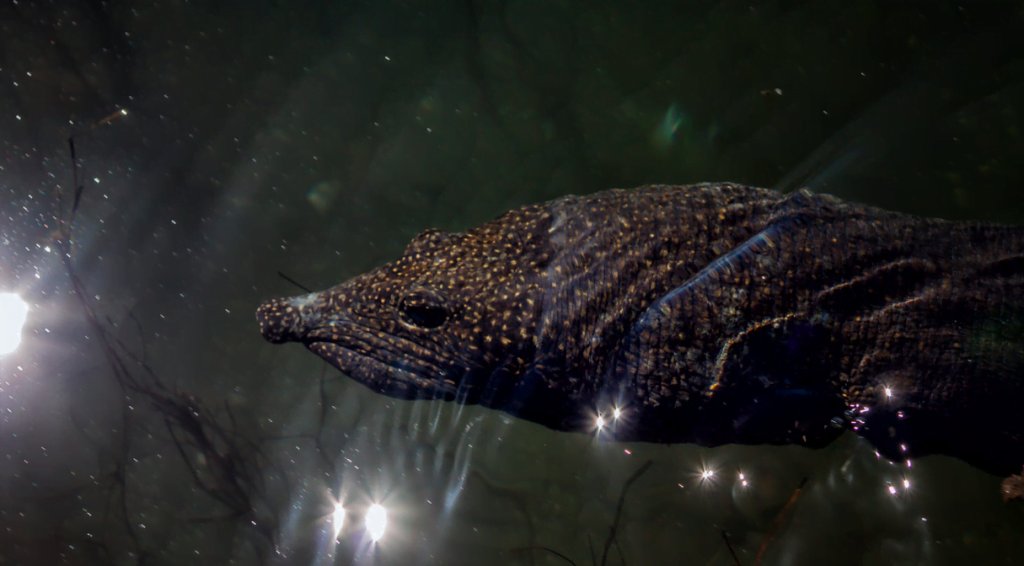
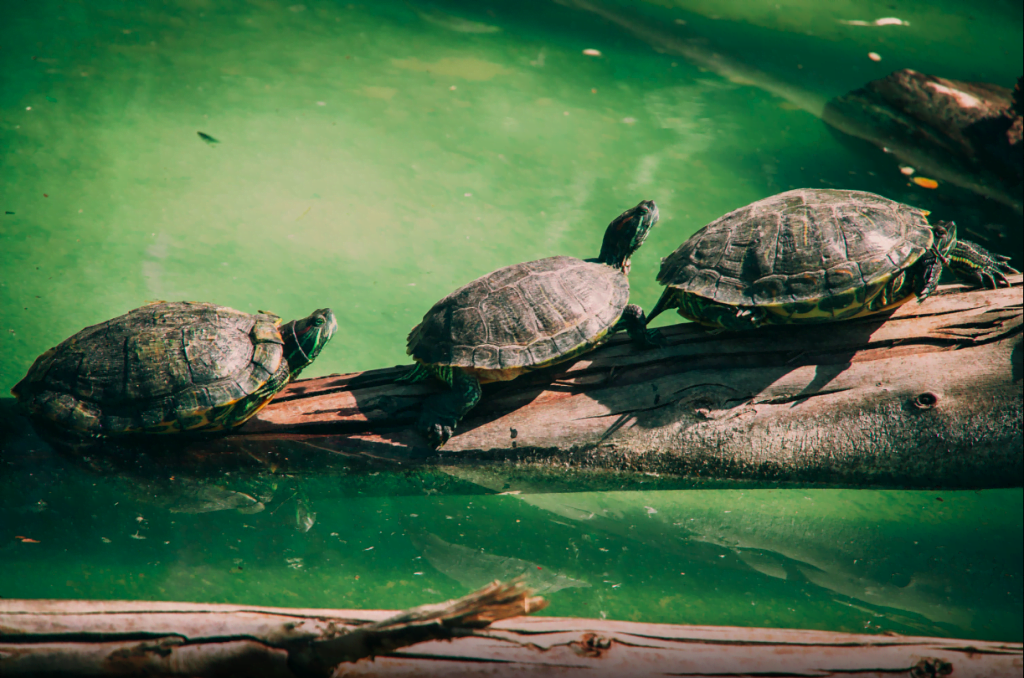
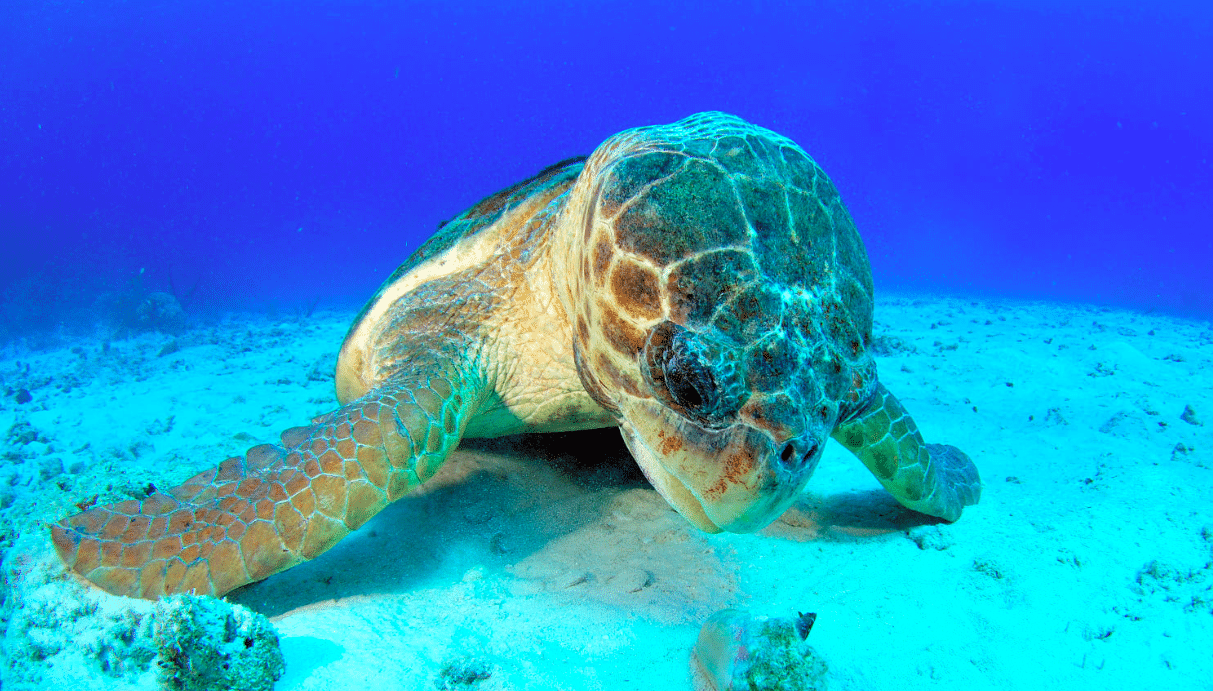
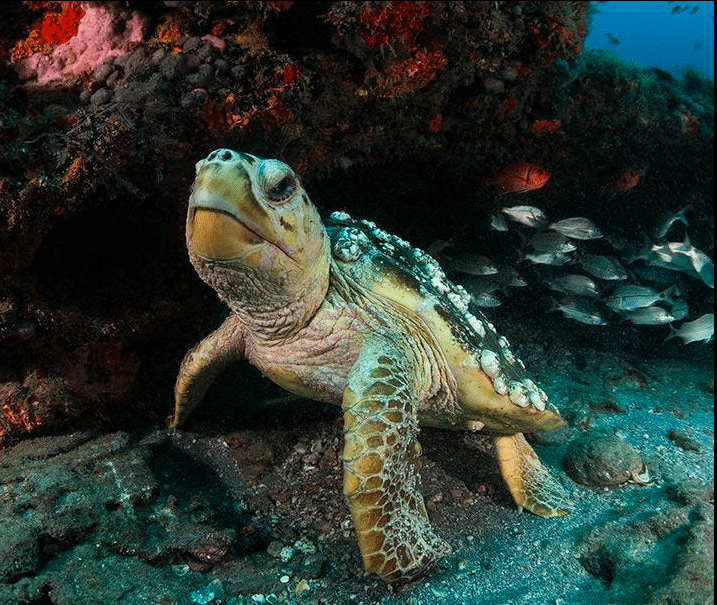
Comments